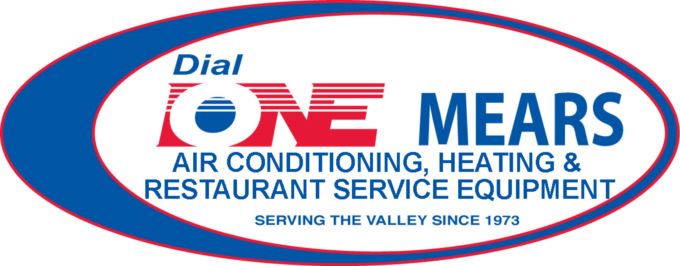These days, homes are well sealed to keep heating and cooling indoors. While this improves energy efficiency, a lack of fresh air, indoor pollution and continuous recirculation can lead to problems.
There’s no need to worry, though, as Dial One Mears Air Conditioning & Heating Inc can help you have an energy-efficient home that’s also comfortable. Our services include an air quality audit and products to help improve indoor air quality in Phoenix, Arizona.
Contact us today to start cleaning your home’s indoor air.

Signs Your Home Deals With Poor Indoor Air Quality
Is your indoor air healthy? It may not be as fresh as you think. Pollution may be two to five times more concentrated indoors than outdoors, according to the U.S. Environmental Protection Agency.
Indoor air pollutants drifting through your home’s air could lead to headaches and allergy symptoms. And mold and mildew can trigger a host of health problems.

Health Problems
While many of these symptoms may be caused by other issues, they can also be evidence your home has indoor air quality (IAQ) problems. This is especially true if you feel better while you’re not home.
- Dry eyes, nose, throat or skin
- Headaches and sinus pressure
- Fatigue
- Allergies or asthma symptoms that are more intense than normal
- Coughing and sneezing
- Dizziness or nausea
Environmental Problems
An outdated heating and cooling system can be contributing to indoor air quality problems, particularly if it’s unable to filter air, control humidity or keep temperatures stable.
Here are some other signs you might need to improve your indoor air:
- Excess static or mold growth
- Large amounts of dust
- Stuffy or musty odors

How Can I Stop Indoor Air Quality Problems?

Preventing indoor air quality problems is relatively easy with the following 10 simple tips:
- Schedule an indoor air quality audit with Dial One Mears Air Conditioning & Heating Inc. We’ll test areas that affect air quality, like humidity, carbon monoxide and volatile organic compounds (VOCs). Then we’ll go over whatever issues we find and how you can improve them.
- Clean on a regular basis to control dust mites, which can worsen allergies and asthma.
- Keep your home free of secondhand smoke.
- Use a whole-home filtration system to remove odors, as opposed to hiding them with air fresheners or scented candles. The pollutants include chemicals that can cause headaches or irritate respiratory illness.
- Vent gas-burning appliances, including stoves and water heaters, outside.
- Keep your home’s humidity levels in check with a humidifier or dehumidifier, based on your needs. Adjust humidity under 50% to impede mold and mildew spores.
- Assess your home for radon. Long-term exposure to this invisible radioactive gas is the number one cause of lung cancer amongst nonsmokers, as reported by the EPA. You can purchase a radon test kit online or contact your state radon program for info on discounted or free kits.
- Implement a ventilation system to replenish contaminated indoor air with fresh air from outside.
- Look for natural cleaning and painting materials that are low in or free of VOCs. Elevated levels of VOCs can aggravate symptoms for family members with respiratory diseases.
- Install carbon monoxide detectors right outside bedrooms.
Start Cleaning Your Air Today with Dial One Mears Air Conditioning & Heating Inc
With a full team of NATE-certified Professionals and indoor air quality solutions, Dial One Mears Air Conditioning & Heating Inc can help your family breathe easy. Contact us or contact us online today to begin.
